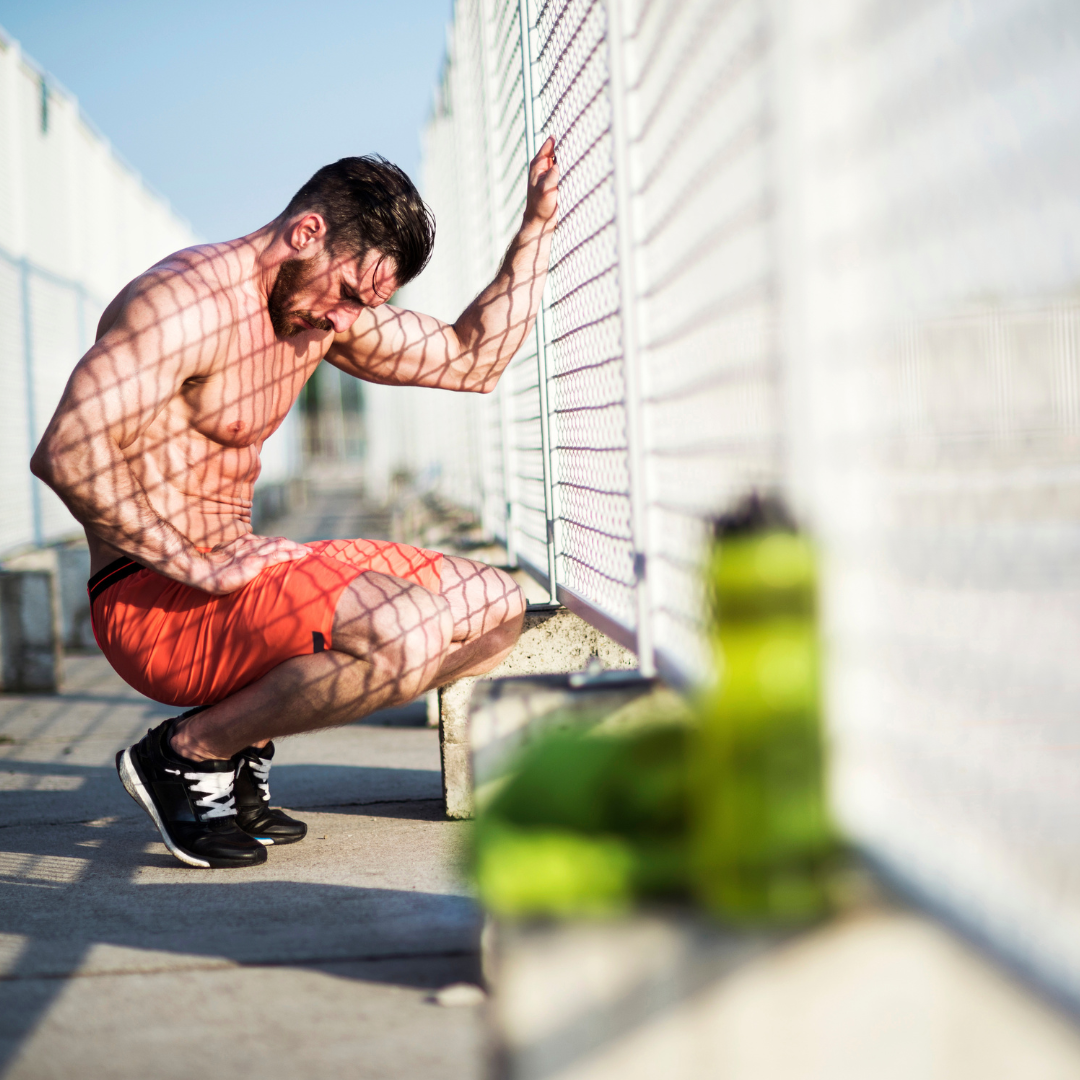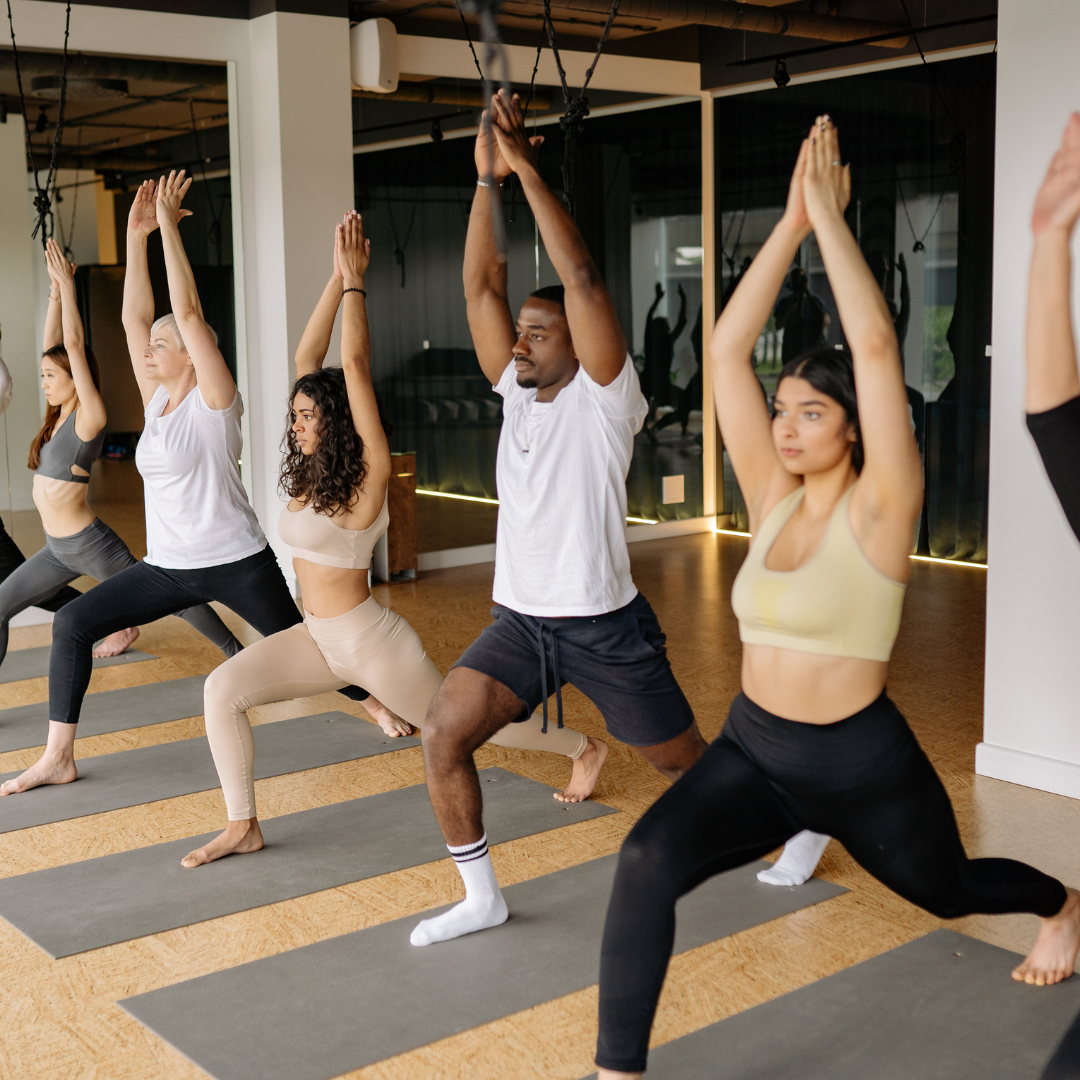Why Recovery Needs More Than Just Rest Days
Recovery is more than skipping the gym. It’s an intentional process that combines therapeutic techniques and lifestyle habits to help your body repair, reduce stress, and build resilience. Whether your goal is muscle growth, injury prevention, or overall wellness, a recovery plan should include both structured therapies and daily practices that support long-term health.
Therapeutic Approaches to Recovery
Therapeutic methods provide targeted relief and help speed up the healing process. These strategies are often used by athletes, but anyone can benefit.
1. Massage Therapy
Massage reduces muscle tension, improves circulation, and lowers stress hormones. It’s particularly helpful for easing delayed onset muscle soreness (DOMS) after intense training.
2. Physical Therapy & Mobility Work
Guided physical therapy or corrective exercises improve joint function and prevent injuries. Even simple mobility drills help restore proper movement patterns after heavy lifting or repetitive training.
3. Cryotherapy & Cold Exposure
Ice baths or cryotherapy chambers are popular recovery tools. They help decrease inflammation, speed up recovery, and may improve mental resilience.
4. Heat Therapy
Heat packs, saunas, or hot baths relax tight muscles, increase circulation, and promote healing by bringing oxygen-rich blood to sore areas.
5. Stretching & Myofascial Release
Static stretching and foam rolling help release muscle knots and improve flexibility, allowing for smoother movements in future workouts.
Lifestyle Approaches to Recovery
Beyond therapy, everyday habits play a massive role in recovery. Small lifestyle choices make a big impact over time.
1. Prioritize Quality Sleep
Sleep is the most powerful recovery tool. Aim for 7–9 hours nightly to promote muscle repair, hormonal balance, and cognitive clarity.
2. Nutrition for Healing
-
Protein for muscle repair
-
Carbs for energy replenishment
-
Healthy fats for hormone healthStaying hydrated is equally important—water supports nutrient transport and muscle function.
3. Mindfulness & Stress Management
High stress slows recovery. Mindfulness, meditation, or even 10 minutes of deep breathing lowers cortisol, improves mood, and speeds recovery.
4. Active Recovery Days
Instead of complete inactivity, light activities like walking, yoga, or cycling keep blood flowing, reduce stiffness, and promote healing.
5. Consistency Over Perfection
The best recovery plan is one you can maintain. Simple daily habits—stretching, sleeping well, balanced eating—are more effective long-term than sporadic extreme methods.
Putting It All Together
Recovery is not just the absence of training—it’s the presence of intentional practices that allow your body and mind to thrive. Combining therapeutic approaches (like massage, stretching, and cold therapy) with lifestyle strategies (like sleep, nutrition, and stress management) creates a complete system for healing and growth.
When you invest in recovery, you’re not just recharging for your next workout—you’re building a stronger, healthier lifestyle.
Share
Read more

Why Rest and Recovery Are Essential for Building Muscle and a Strong Mind
Discover why rest and recovery are just as important as training. Learn how sleep, rest days, and stress management help you build muscle, boost mental health, and prevent burnout.

Yoga for Recovery: How It Heals the Body and Mind
Yoga is more than flexibility—it’s a powerful tool for recovery. Discover how yoga supports physical healing, reduces stress, improves mobility, and enhances mental clarity.

